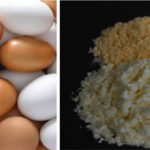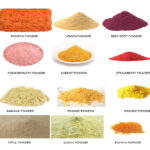- Home
- portfolio
- Turnkey Plants
- FISH PROTEIN HYDROLYSATE POWDER PLANT
FISH PROTEIN HYDROLYSATE POWDER PLANT
Turnkey Plant
- Aloe Vera Powder Plant
- Coconut Milk Powder Plant
- Egg Powder Plant
- Fish Protein Hydrolysate Powder Plant
- Fruit Powder Plant
- Ice-Cream Mix Powder Plant
- Lactose Powder Plant
- Malt Powder Plant
- Microcrystalline Cellulose Powder Plant
- Non-Dairy Creamer Powder Plant
- Pectin Powder Plant
- Soy Milk Powder Plant
- Sugarcane Juice Powder Plant
- Tamarind Extract Powder Plant
- Zinc Sulphate Powder Plant
- Zero Liquid Discharge System
FISH PROTEIN HYDROLYSATE POWDER PLANT
Fish protein hydrolysate is a product prepared from proteins sourced from fish meat/fish processing by products via enzymatic or chemical process. Enzymatically produced hydrolysates are widely accepted which contain mixture of peptides of varying sizes and free amino acids.
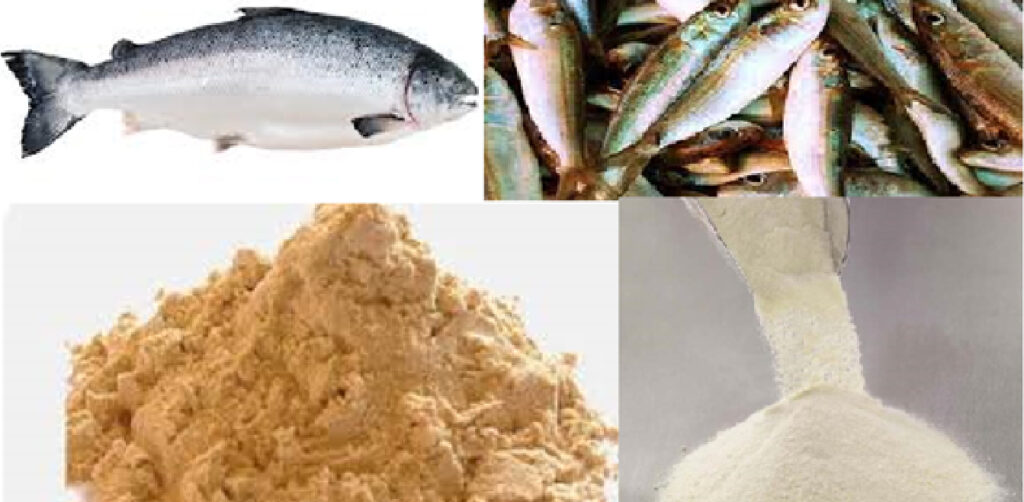
USES AND ADVANTAGES OF FISH PROTEIN HYDROLYSATE POWDER
- Fish Protein Hydrolysates have demonstrated palpable effects against cardiovascular diseases, cancer, diabetics, and aging
- Chemical composition of fish protein hydrolysates is important in nutrition perspective of human health.
- In general, required essential amino acids are abundant in Fish Protein Hydrolysates with richness in glutamic and aspartic acid content. Fish Protein Hydrolysates do also have non-essential amino acids. Presence of aromatic amino acid in fish frame protein hydrolysates have been reported. Studies have clearly shown that Fish Protein Hydrolysates from fish meat/fish waste could be an ideal source of essential amino acids.
- Fish Protein Hydrolysates has received great attention recently in solving the problem of malnutrition because of its high protein content with complete and good amino acid balance as well as bioactive peptides and lower prices than other animal protein sources.
- Amino acids act as a regulator of key metabolic pathways and a precursor for synthesis important biological materials. They perform the function of a cell signalling, and control in gene expression and protein phosphorylation cascade.
- Fish Protein hydrolysates or peptides have demonstrated to have antioxidant, anti-obesity, immune modulation, anticoagulation, anti-microbial, anticancer and antihypertension.
- Fish protein hydrolysates are soluble in wide range of pH which is an ideal characteristic helps to use in wide range of products.
- Protein hydrolysates have improved water holding, oil binding, emulsifying and foaming properties.
- Fish protein hydrolysates have been used in aquaculture feeds in order to enhance the growth and survival of fish.
- The amino acid composition and the peptides present in hydrolysate are responsible for the improved growth and immunological status. Fish Protein Hydrolysate is also being used as a source of protein in poultry feed formulation and in pet animal foods.
- Fish Protein Hydrolysate applications include as a plant booster, ingredient in microbiological media and as a cryo-protectant in fish like mince/surimi.
PROCESS DESCRIPTION:

1 FISH ENZYMATIC HYDROLYSIS
The process starts from a takeover of raw materials. Water, enzymes are added to raw material to obtain enzymatic hydrolysis. The hydrolysis is carried out for certain time and then terminated. Depending on the enzyme used, temperature of reaction, enzyme concentration, hydrolysis time is determined. Once hydrolysis is terminated the feed is transferred for pasteurization. It is generally done at high temperatures and for deactivation of biological bacteria.
2. COARSE FILTRATION OF HYDROLYSED LIQUOR.
The hydrolysed feed is then taken into the filter press for coarse filtration of non-hydrolysed parts such as feathers, bones etc. The separated parts are then transferred to another dryer (Steam Tube Bundle Dryer or Paddle Dryer) for producing fish meal.
3. DECANTATION OF FILTERED HYDROLYSATE LIQUID
Filtered Liquid is then decanted in a horizontal decanter where most of the coarse solids are separated from the soluble liquid. Soluble liquid is continuously pumped to the next process.
4. CENTRIFUGE SEPARATION.
Decanted liquid is passed over a centrifuge and processed at certain RPM and time. In Centrifuge three layers of the soluble are separated. Top layer is a Fish Oil which is sent to Oil refinery for producing value added products. Centre part is Fish Protein Hydrolysate liquid which is sent for Ultrafiltration through membranes. Bottom part is a sludge which is sent for fish meal production in Rotary Paddle Dryers.
5. THERMAL MULTI-EFFECT EVAPORATOR
The equipment is specifically designed for concentration of Fish Protein hydrolysate depending upon the initial concentration from centrifuge process and the rheological colloidal properties of the solution.
It can be a multi-effect (MEE) effect evaporator plant depending upon the capacity. The evaporation time of soybean milk is totally controlled and is usually a few seconds or a few minutes, the evaporation temperature is low. At such a short time and low evaporation temperature, the composition and the quality of the senses of the product remains intact.
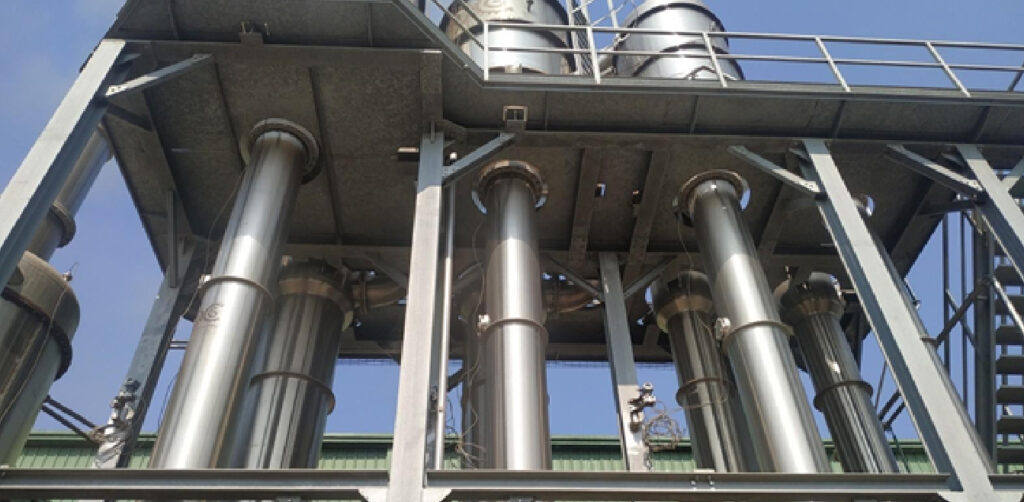
6. COPROCESSING ELEMENTS AND MECHANICAL HOMOGENISATION EQUIPMENT
Based on the FPH grade to be produced the additional tanks are provided for making the solution of coprocessing elements like silica, Maltodextrin mannitol, lactose etc. These elements are mixed in the stream of FPH slurry in the pipeline and passed to a colloidal mill for homogenisation. Homogenized mixture is then sent to spray dryer for Drying.
7. SPRAY DRYING
The feed prepared is slurry tank then dried to powder form in a spray dryer. The feed is atomized to fine droplets in a large spray chamber by using disc atomizer (special design wheel and slurry rheology adjustment are required) or High Pressure Nozzles (preferred method for granular and non-sticky product). These atomized particles come in contact with hot air and water in it gets evaporated. The dried product is discharged at the bottom of chamber. The dried product entrained with the exhaust air is separated in a high efficiency cyclone separator. The exhaust air is further passed through either secondary cyclone separator or a bag house for recovering the fines not separated in primary cyclone. Clean air is then vented to the atmosphere. The entire operation of the plant is monitored and controlled through a locally mounted control panel or through PLC as per customer choice.
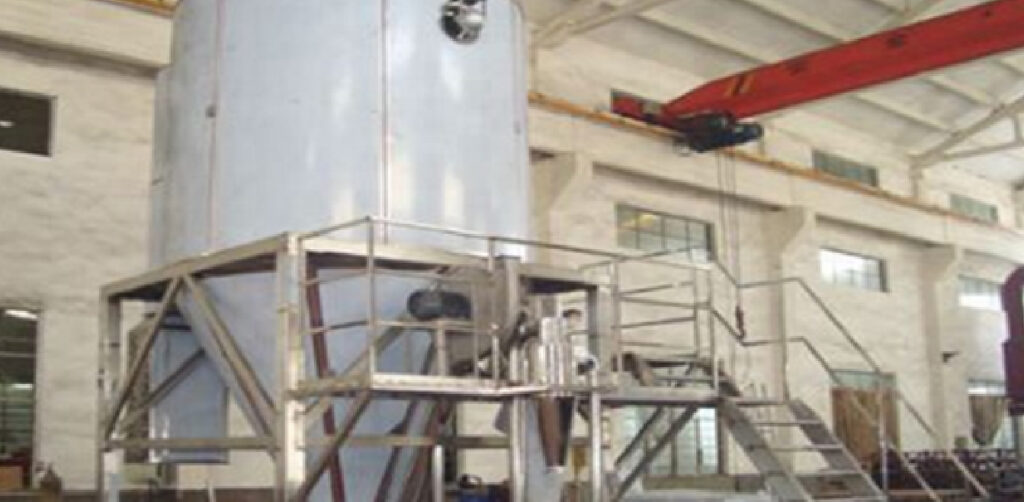
8. STORAGE AND PACKING:
Product is cooled and in a pneumatic conveying system or Screw Cooler and then passed on to packing machine hopper, where it is continuously packed.
FEATURES:
- Right temperature and Air profile drying which ensures no dark particles in the final product. No sticking in the dryer. Drying cost is optimized with optimum conditions.
- cGMP construction of equipment to maintain high hygiene level.
- Fully automatic, compact and energy efficient system to ensure smooth and ease of operation.
- Plant footprint is planned as per availability of land from customers.
- Complete sanitary design with CIP system.
- High Energy efficient plant with lowest cost of production.

